Secret mistress
In the 16th century, Chueca was far from being the bustling gay meca we know and love today. Practically on the outskirts of the city, bordered by fields and gardens, it was a quiet tranquil spot. Indeed, the ideal place for a powerful person to tuck away a mistress. The mistress in question being Elena, the ravishing daughter of Philip II’s huntsman for whom the House of the Seven Chimneys – a grand red brick residence – was built in 1577.
According to Mirador Madrid, Elena captured the heart of Philip when he was still a prince, however, being of noble birth, she was quickly married off to a Captain Zapata before any whiff of a scandal could get around. Shortly after this wedding Zapata was dispatched to fight against the French in Flanders where he died in battle. A pregnant Elena was said to be extremely distraught by his death and, after giving birth, died herself shortly afterwards.
Illegitimate offspring
Officially Elena died from a broken heart, but the story doesn’t end here. The servants began to whisper about knife wounds they’d discovered on her body. Could Elena’s child be the illegitimate daughter of the king? Could she have been silenced by those who didn’t want the infant to have any claim to a royal lineage? Before an investigation could be conducted into the affair, Elena’s body went missing and her distraught father was found some time later hanging dead from the rafters leaving Elena’s daughter orphaned.
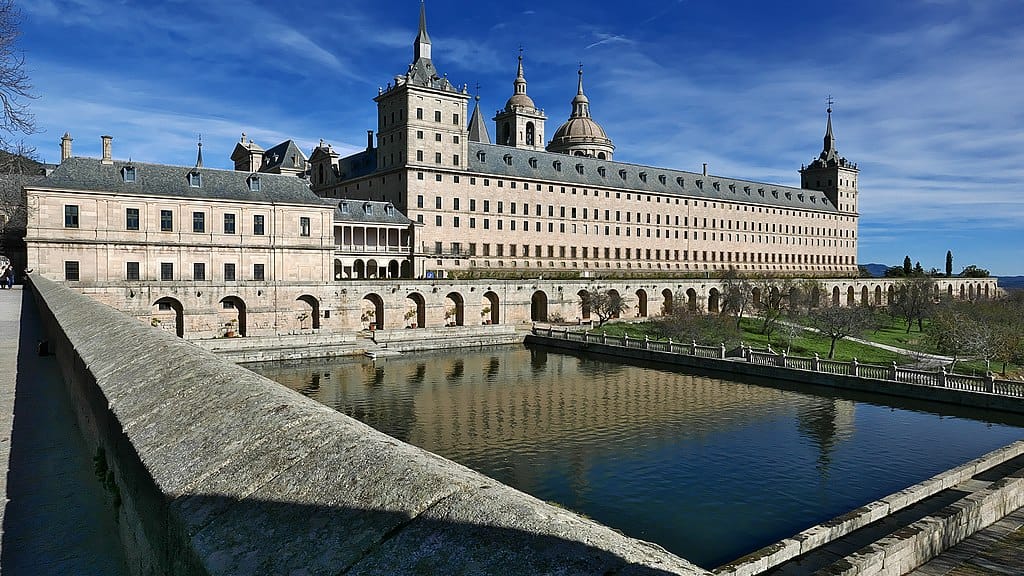
Years passed and Philip II took the throne, ordering the Alcazar where he resided – a fort originally constructed by the Moors – to be pimped out in splendid style. However, disturbing reports began to circulate that citizens passing by the House of Seven Chimneys had spotted the figure of a woman in white flitting between the chimneys on the roof of the house pointing an accusatory finger at the Alcazar. Could she be Elena demanding justice?
Skeletal remains
Despite these apparitions, Philip’s relationship to Elena remained apocryphal, that is until the end of the 19th century when the building was renovated by the Bank of Castilla and the bones of a woman found in the walls of the basement along with several 16th century coins. Was this poor Elena, interred to prevent a scandal?
The house is currently home to Spain’s Ministry of Culture, but has had a couple of other noteworthy residents. The first being the Marquis of Esquilache, Charles III’s ill-fated adviser, whose social reforms sparked the Esquilache riots which ultimately led him to being banished from Spain (read more about this in a previous post). It’s said that during the insurrection, Esquilache took refuge in The House of Seven Chimneys while the crowd raged outside. The other famous resident of the house was the poet and diplomat Sir Richard Fanshawe, British Ambassador to Spain, who died there in the inauspicious year of 1666 at the age of 57.
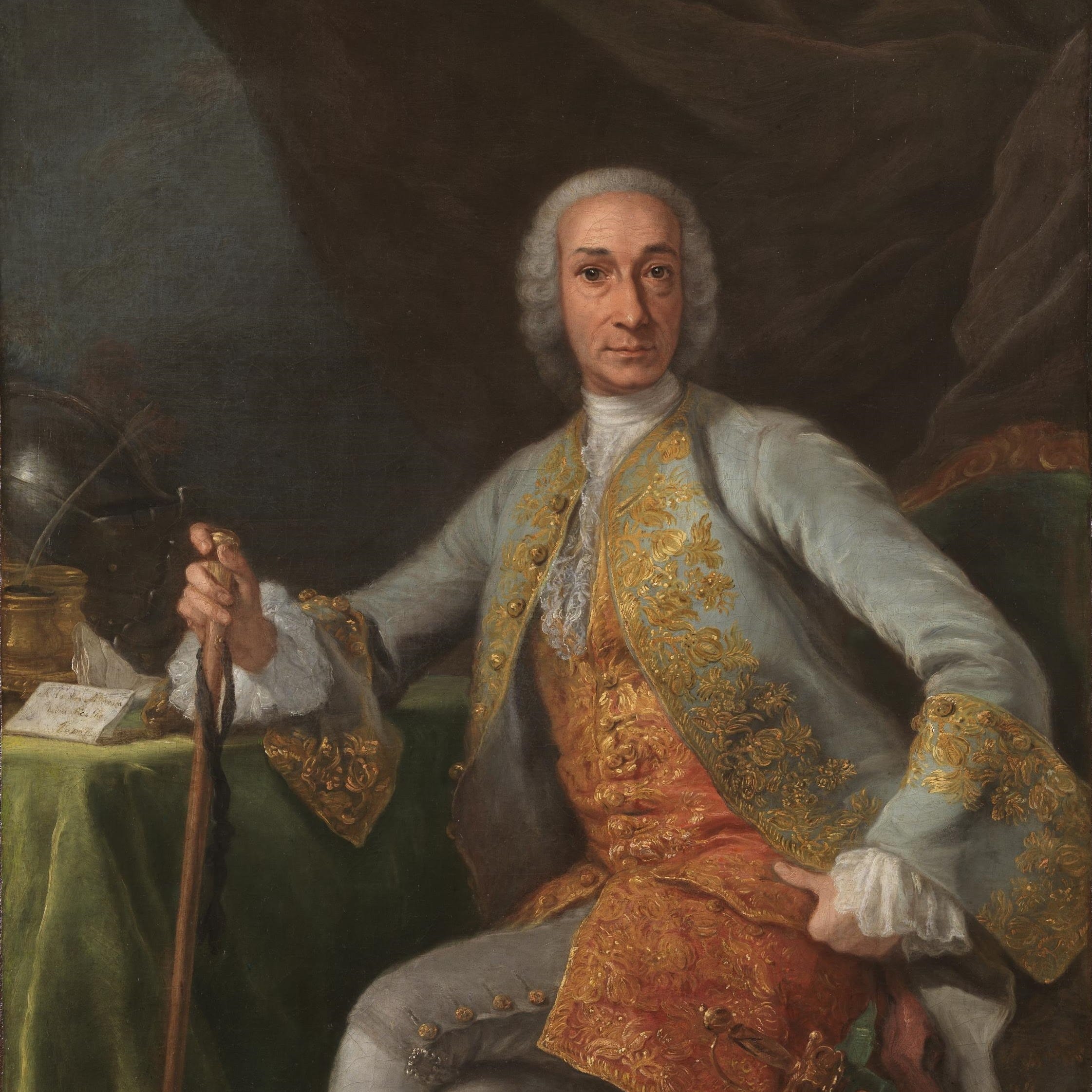
If you’re in the neighbourhood, check out the house, which is of interest not only for its ghoulish associations, but also for being one of the few examples of 16th century architecture left in the city. If you’re worried about catching the vengeful eye of the woman in white, it’s probably best to visit by day.
Keen to find out more about the history of Madrid? See another side of the city with one of my unique walking tours.

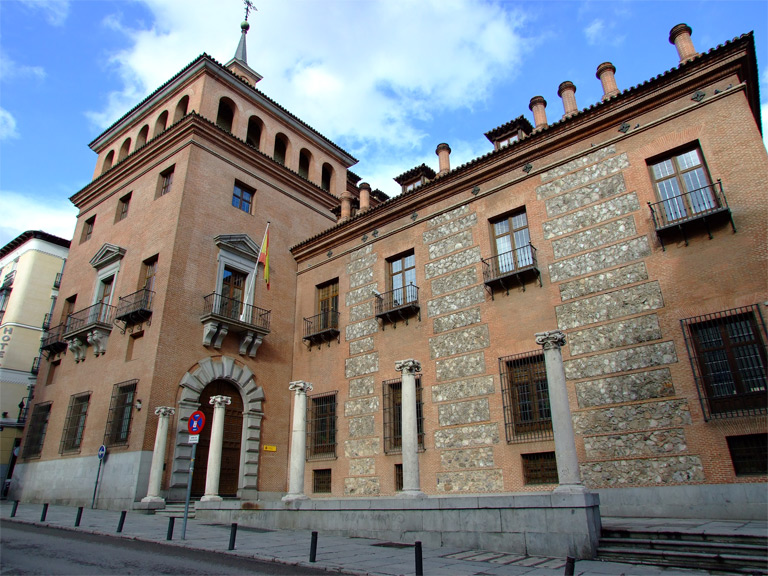
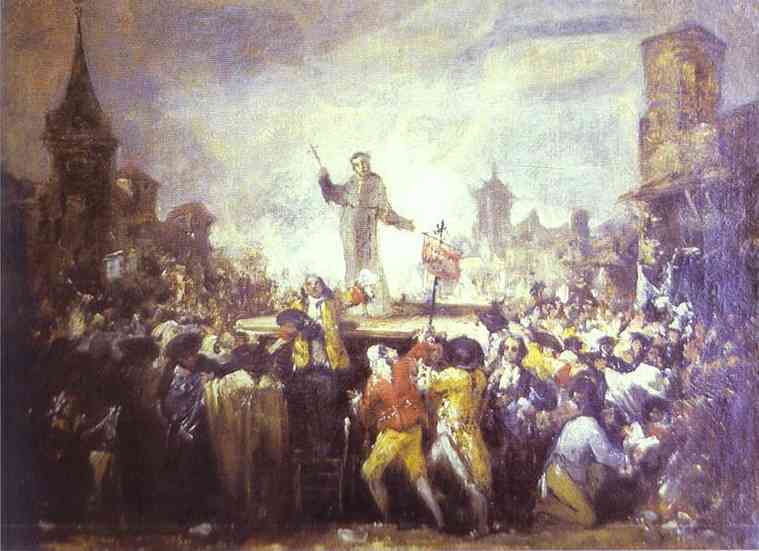

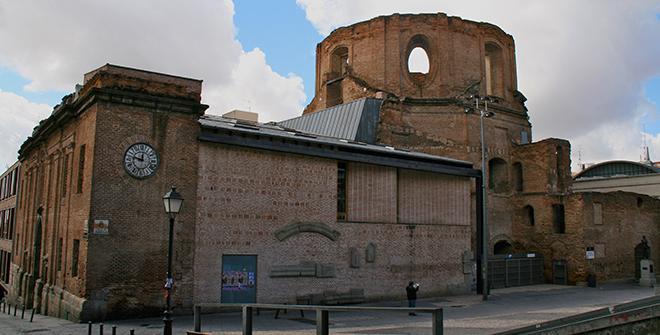
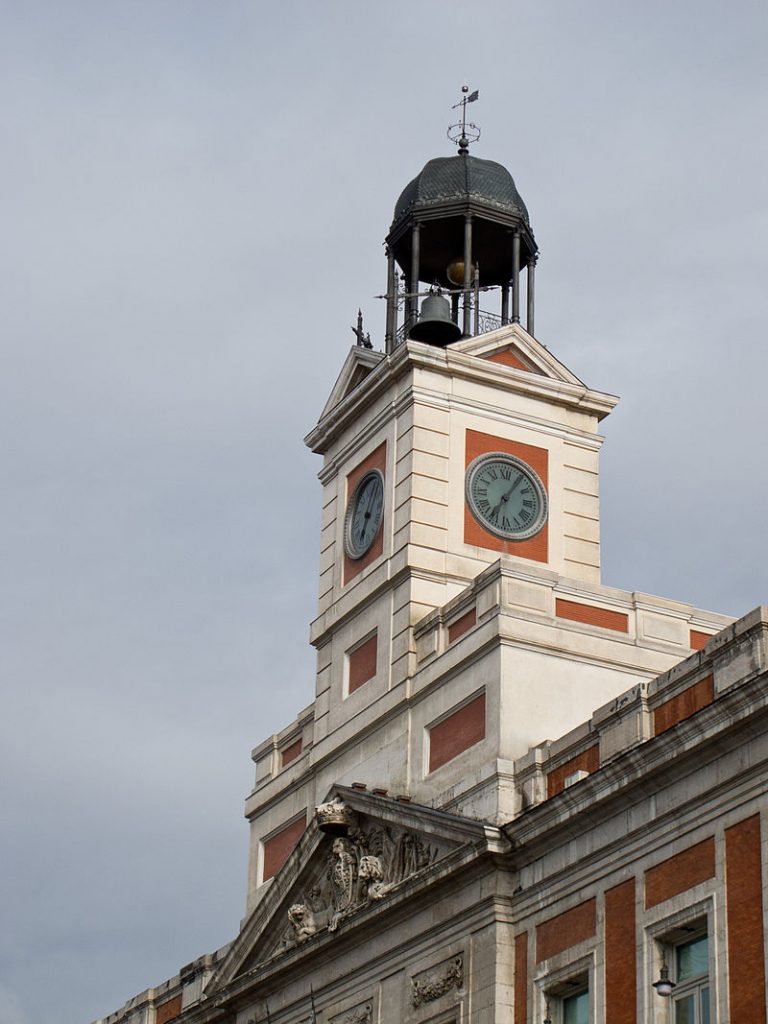
Pingback: Madrid off the Beaten Track - The Making of Madrid